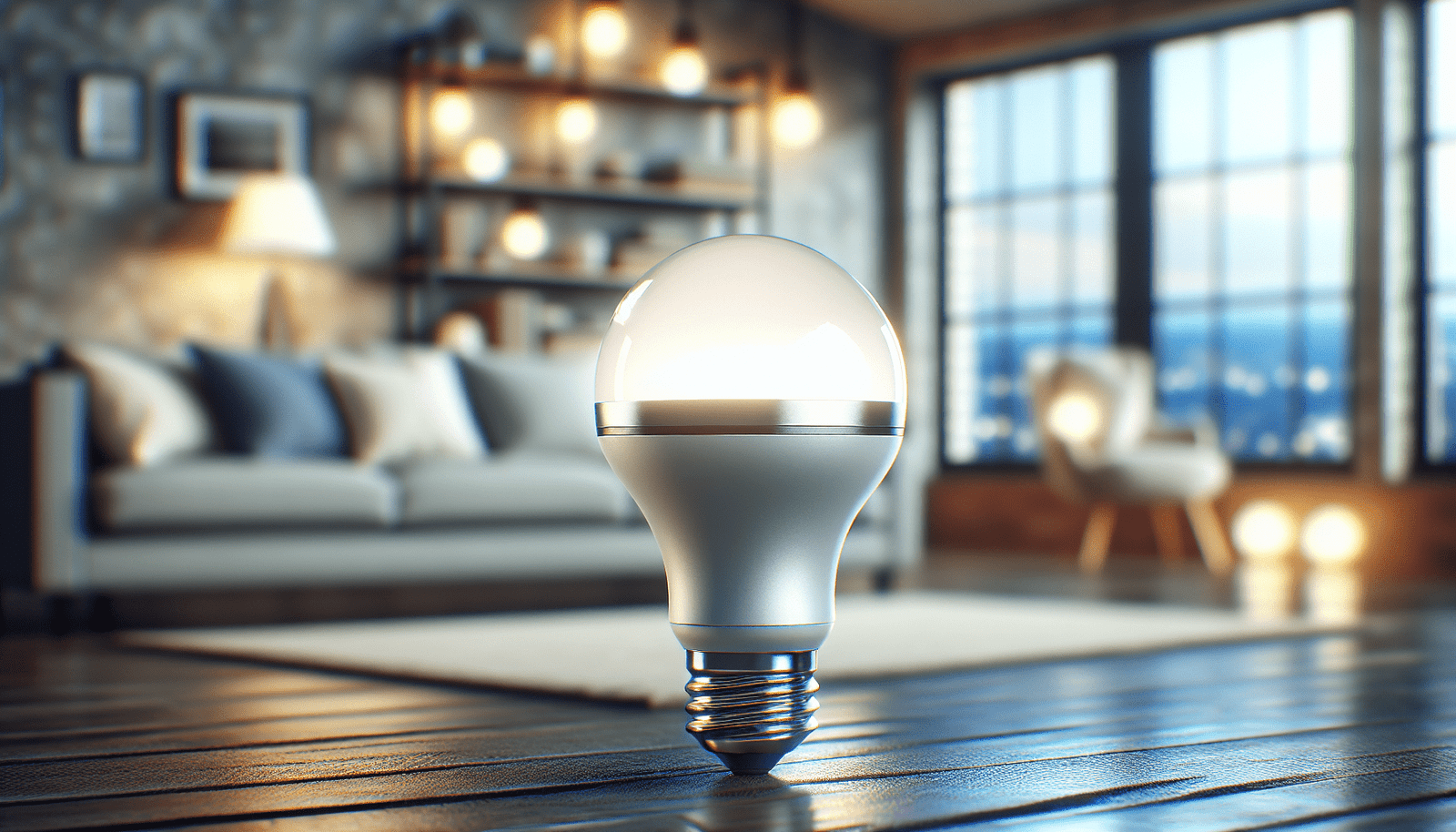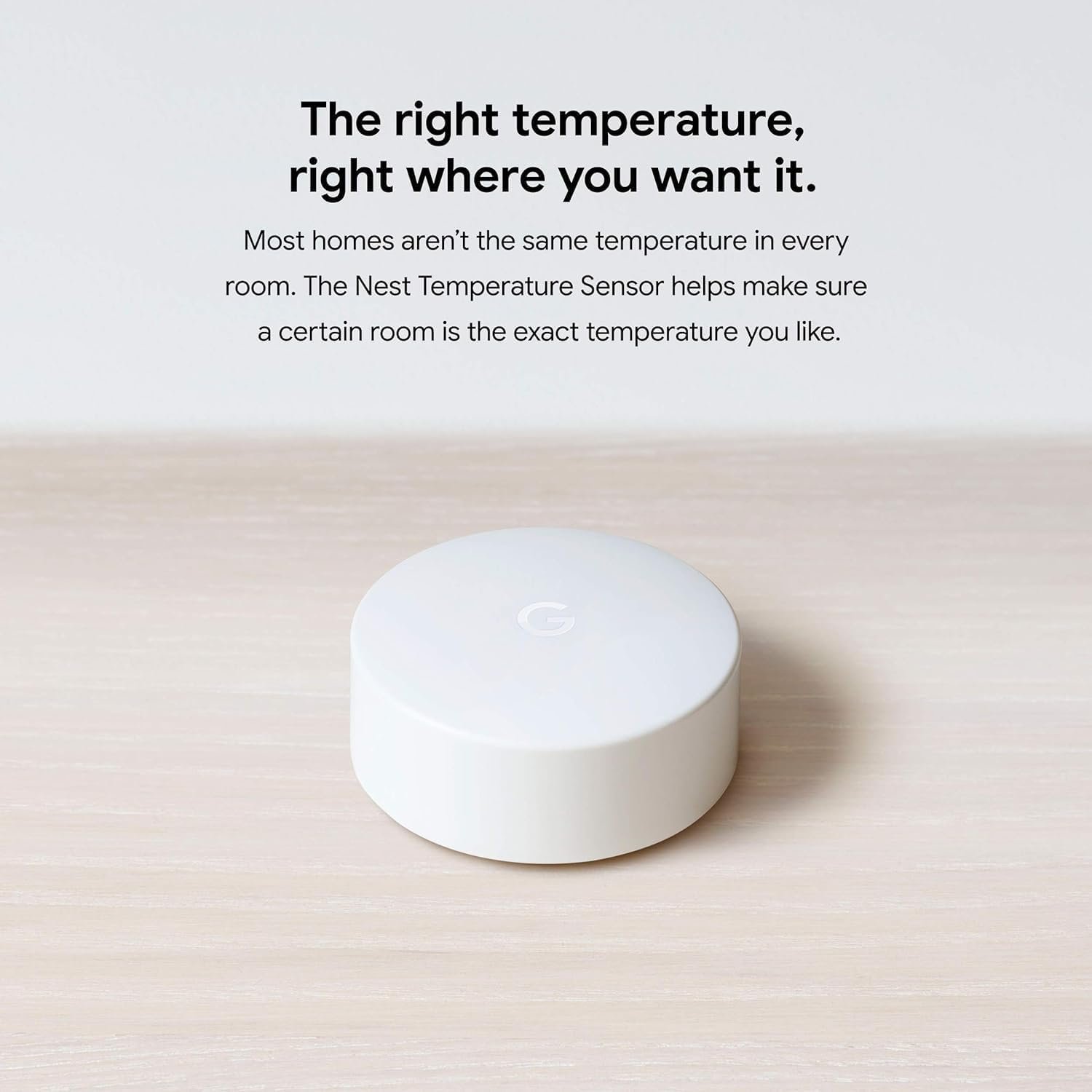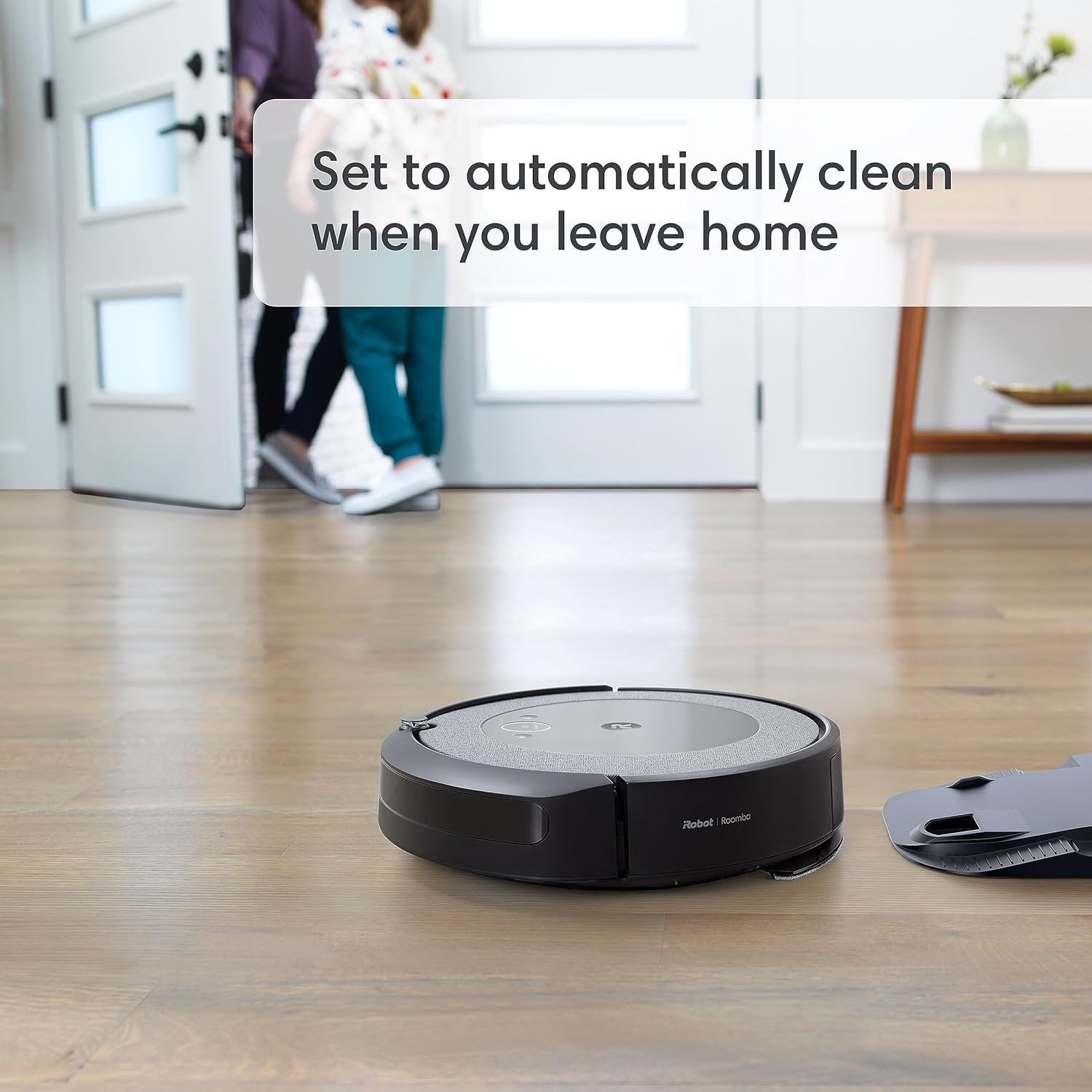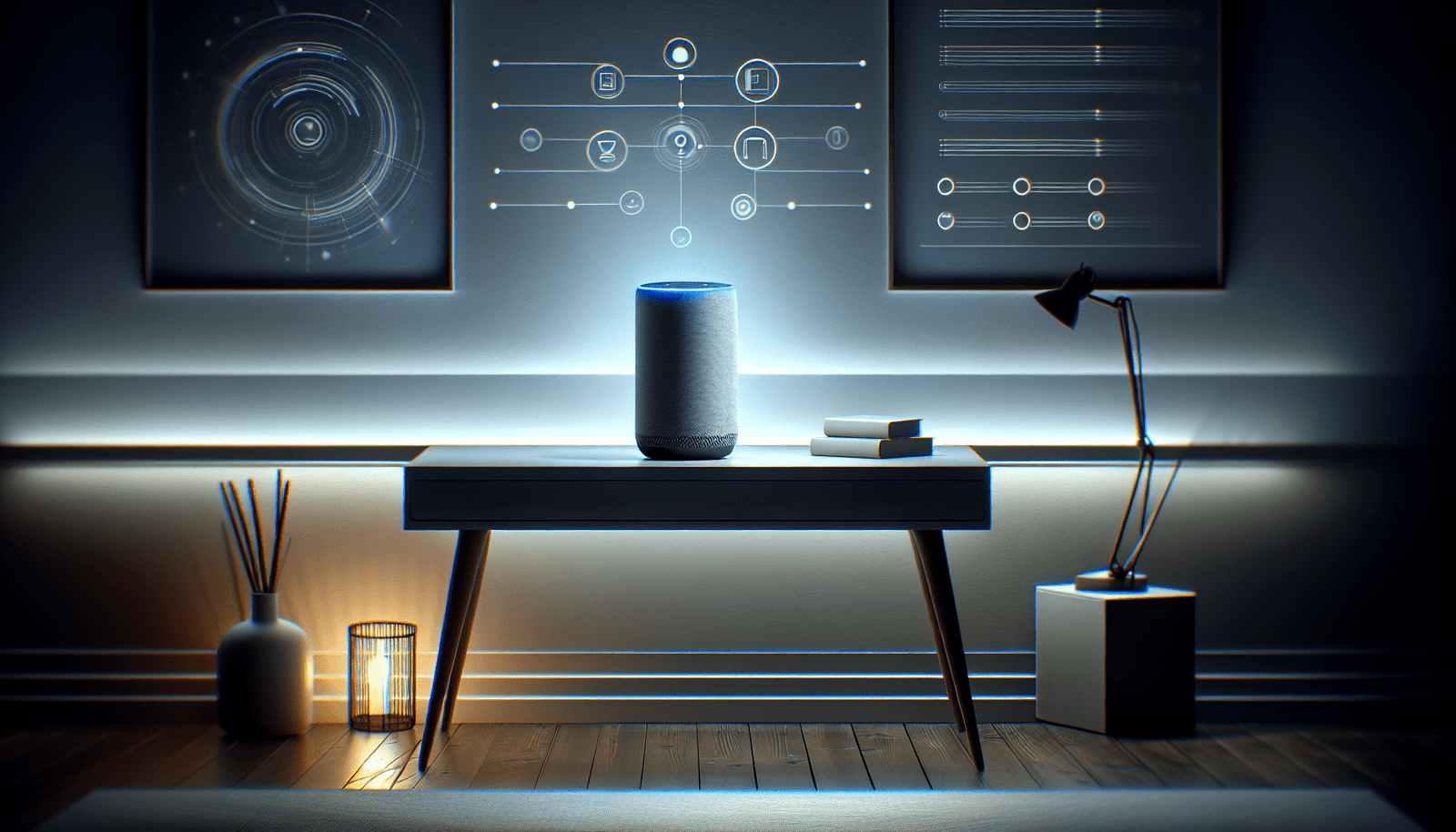Have you ever wondered if you could control your smart bulb when you’re not at home? The concept of smart lighting provides flexibility, convenience, and energy efficiency, making it an attractive option for many homeowners, renters, and tech enthusiasts. In this article, we will explore the possibility of turning on a smart bulb while away from home, along with the features and benefits of smart lighting, installation tips, and common concerns.

Understanding Smart Bulbs
Smart bulbs are advanced lighting solutions that can be controlled remotely via smartphone applications, smart home hubs, or voice assistants. They incorporate wireless connectivity technologies such as Wi-Fi, Bluetooth, and Zigbee to communicate and interact with other smart devices. By enabling features like dimming, color changing, and scheduling, smart bulbs offer more user control compared to traditional bulbs.
Key Features of Smart Bulbs
- Remote Control: You can manage your lighting setup from anywhere, using a smartphone app or through a voice assistant.
- Dimming and Brightness Adjustment: Unlike standard bulbs, smart bulbs can be dimmed or brightened without the need for additional dimmer switches.
- Color Changing: Many smart bulbs support color changes, allowing you to set the mood based on occasion or preference.
- Scheduling: Automation features enable you to schedule lights to turn on or off at specific times, enhancing convenience and security.
Installation and Compatibility
Smart bulbs can usually be installed into existing light fixtures, making them a hassle-free upgrade from traditional lighting options. However, it is crucial to consider compatibility with your current setup and other smart devices.
Installing Smart Bulbs
- Check the Fixture: Ensure that the fixture is compatible with your smart bulb. Most smart bulbs are designed to fit in standard fixtures.
- Choose the Right Size and Type: Verify that the size and type of the bulb match your fixture, whether it be an A19, BR30, etc.
- Hub Requirements: Some smart bulbs require a central hub for connectivity (common for Zigbee bulbs), while others connect directly via Wi-Fi or Bluetooth.
- App Setup: Download the relevant app provided by the manufacturer and follow the in-app instructions for connecting the bulbs to your network.
Compatibility Considerations
- Ensure that the smart bulb supports your home’s Wi-Fi network frequency.
- Check compatibility with smart home systems like Alexa, Google Assistant, and Apple HomeKit.
- Confirm integration capabilities with other smart devices, such as smart switches and hubs.
Energy Efficiency and Costs
Smart bulbs are often touted as energy-efficient alternatives to traditional lighting. They offer not only lower power consumption but also features that promote energy-saving behaviors.
Power Consumption and Energy Savings
Smart bulbs, particularly LED variants, use significantly less energy than incandescent bulbs. They offer up to 80% energy savings while delivering the same light output. Scheduling and automation features help optimize energy use, minimizing unnecessary usage when lights are not needed.
Cost Implications
While the initial cost of smart bulbs is higher than traditional bulbs, the long-term savings on energy bills can offset this. Smart bulbs also have longer lifespans, meaning fewer replacements over time, which again contributes to cost savings.
Automation and Integration
One of the key benefits of smart lighting is its ability to integrate with broader smart home systems and enable automation features for enhanced convenience and security.
Remote Control Capabilities
Smart bulbs can be managed remotely through smartphone applications, allowing you to handle lighting from anywhere as long as you have an internet connection. This is particularly useful for switching on lights before arriving home or deterring potential intruders by simulating activity.
Voice Assistant Integration
Integrate smart bulbs with voice assistants like Amazon Alexa, Google Assistant, or Apple HomeKit to effortlessly control them using voice commands. This feature adds convenience, especially when your hands are full.
Automation Features
- Scheduling: Automate lights to follow a schedule that complements your lifestyle or business hours.
- Scenes and Routines: Customize lighting scenes for different activities, such as reading, cooking, or entertaining.
- Geofencing: Some systems support geofencing, turning on/off lights based on your location.

Drawbacks and Limitations
While smart bulbs offer numerous advantages, they are not without their challenges. It’s important to understand the potential drawbacks and limitations to make an informed decision.
Wi-Fi Dependency and Lag
Connecting smart bulbs to a Wi-Fi network can sometimes lead to connectivity issues or delays in response. High network traffic may result in lag, affecting overall performance.
Security Concerns
As with any device connected to the internet, smart bulbs can be susceptible to security breaches. Securing your network and using strong passwords can mitigate these risks.
Standby Power Consumption
Smart bulbs require a small amount of power even when turned “off” to maintain network connectivity. Over time, this could contribute modestly to electricity usage.
Troubleshooting and Best Practices
To ensure a smooth experience with smart bulbs, consider these tips for addressing common issues and optimizing performance.
Connectivity Issues
- Network Settings: Ensure your network is using a compatible frequency (2.4 GHz is commonly required).
- Signal Strength: Position routers and hubs to optimize signal strength throughout the home.
- Device Overload: Limit the number of devices connected to a single network to prevent bandwidth issues.
Power Failures and Non-Recognition
In cases of power failures or if the smart bulb is not recognized by the app:
- Reset Bulbs: Perform a factory reset by following the manufacturer’s instructions. This usually involves turning the bulb on and off in a specific sequence.
- Re-pair Devices: Delete the bulb from the app and re-pair it by following initial setup procedures.
Smart Lighting Ecosystems
For those looking to create a comprehensive smart home, understanding smart lighting ecosystems is crucial. This involves integrating smart bulbs with other lighting controls like switches, dimmers, and hubs.
Smart Switches and Dimmers
Combining smart bulbs with smart switches and dimmers allows for even greater control and customization. Ensure compatibility between the bulbs and any additional devices to prevent functional conflicts.
Lighting Hubs
Hubs can streamline the communication between multiple smart bulbs and other devices, reducing latency and improving performance. They also centralize control, making it easier to manage your smart home.
Outdoor and Specialty Uses
Smart lighting isn’t limited to indoor applications. Outdoor smart bulbs can enhance security and aesthetics in exterior spaces.
Weather Resistance and Durability
Look for smart bulbs specifically designed for outdoor use, capable of withstanding elemental exposures like rain and humidity.
Security Lighting
Pairing outdoor smart bulbs with motion sensors can create effective security lighting solutions that activate upon detecting movement.
Future Trends in Smart Lighting
The smart lighting industry is constantly evolving, with trends focused on enhancing user experience, increasing energy efficiency, and integrating with broader smart home ecosystems.
Enhanced Energy Management
Future smart lighting systems may offer more advanced energy management features, possibly integrating with solar panels or renewable energy sources for optimized sustainability.
Advanced Automation and AI
Expect improvements in automation and AI capabilities, allowing smart lights to predict and adapt to user needs based on learned patterns and preferences.
Broader IoT Integration
As the Internet of Things (IoT) expands, smart lighting systems may offer better interoperability with other smart home components, facilitating seamless interaction across different devices.
In conclusion, controlling a smart bulb remotely is not only feasible but offers numerous advantages such as energy efficiency, convenience, and enhanced security. By understanding the features, installation requirements, and potential limitations of smart bulbs, you can make informed decisions to enhance your home’s lighting strategy. Whether you’re new to smart home automation or seeking to expand your existing system, smart lighting proves to be a valuable addition to any modern dwelling.
Disclosure: As an Amazon Associate, I earn from qualifying purchases.





